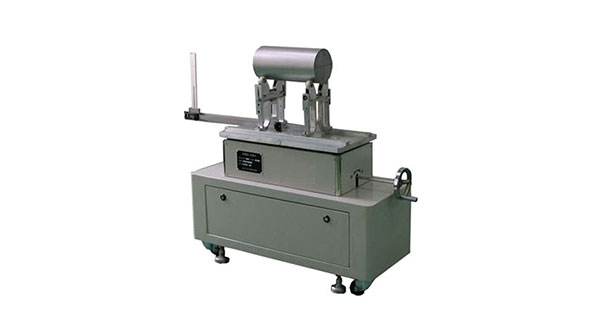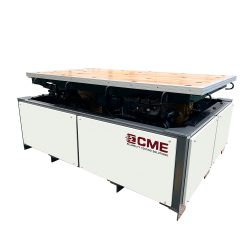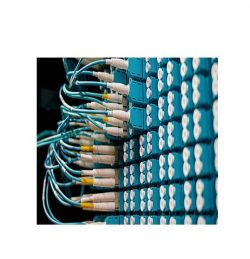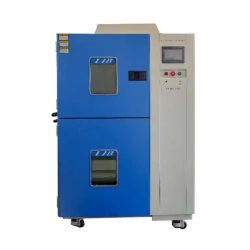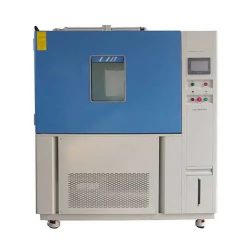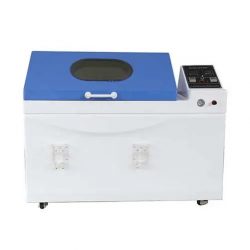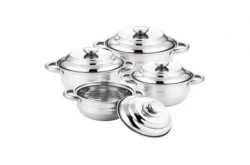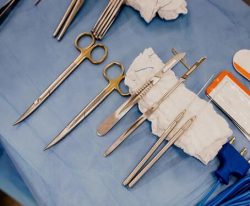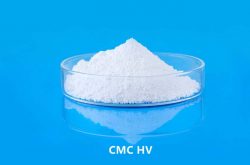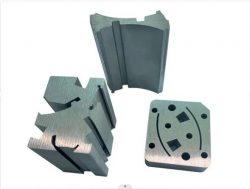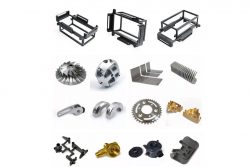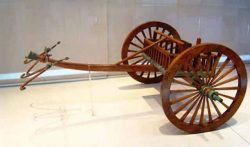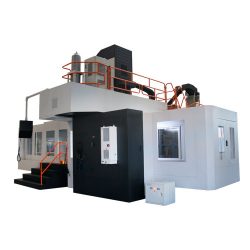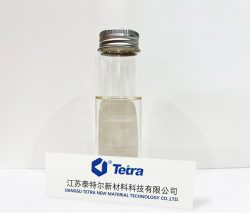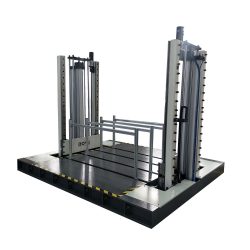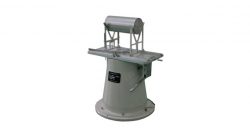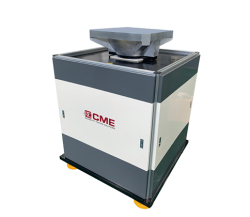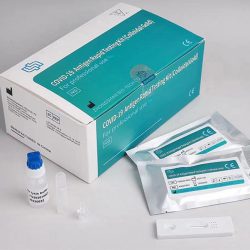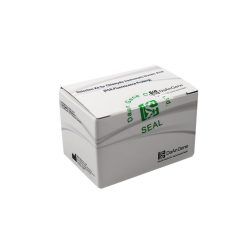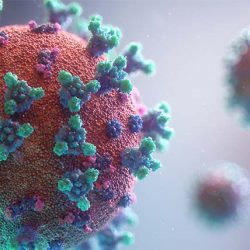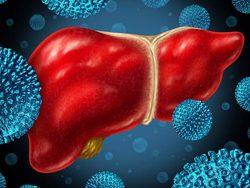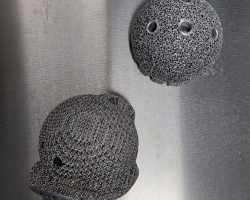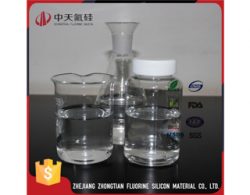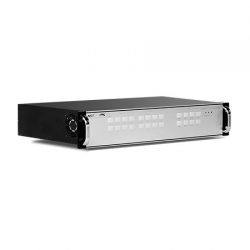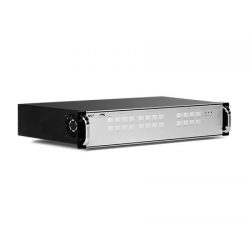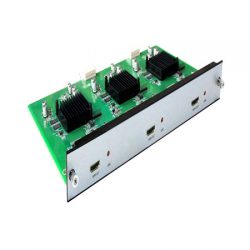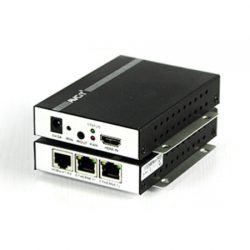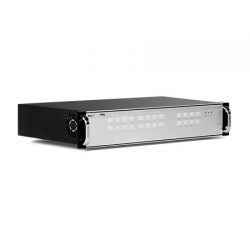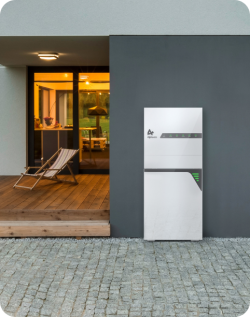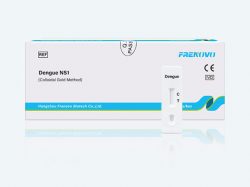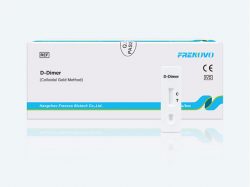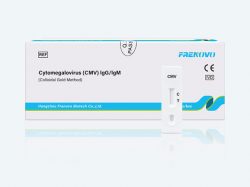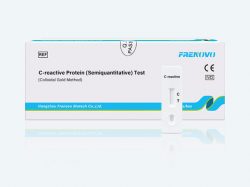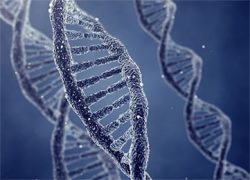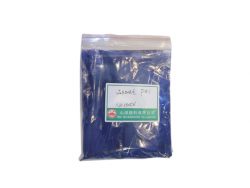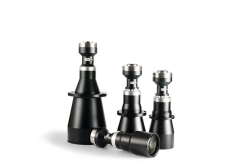KRD200 Center of Gravity Measurement System
The center of gravity (CG) (or center of mass) of an object is the average location of the weight (or mass). It’s a crucial mass property in the fields of aerospace, defense, automotive and related industries for the performance and safety of products. An object suspended from its center of gravity in space will be perfectly balanced. The center of mass is a useful reference point for calculations in mechanics that involve masses distributed in space, such as the linear and angular momentum of planetary bodies and rigid body dynamics.
The mass and center of gravity (CG) measurement system adopts the multi-point support method, so the specimen’s mass and center of gravity can be simultaneously measured in the same measurement system. Different fixtures are installed to measure various irregular objects (such as missile launchers, aircraft black boxes, electronic components, etc.); the V-shaped support is installed on the measuring platform to measure various rotations (such as missiles).
FEATURES OF KRD200 CENTER OF GRAVITY MEASUREMENT SYSTEM
The multi-point support method is applied in the measurement system where there is not a high requirement for leveling. It is necessary to conduct a leveling procedure when the equipment is first installed and not need to level again in the later measurement process, which is easy to operate.
The linear guide rail is designed for the table, where the two brackets can move back and forth smoothly and have high positioning accuracy. It is flexible and easy to attach the specimen to anywhere in the bracket.
It is convenient to fix the large-diameter and cone specimen to the installation bracket, which can be adjusted horizontally and vertically. Furthermore, the lead screw can adjust the position of the left and right brackets to easily level the conical specimen on the brackets.
High-precision calibration software for the measurement system can accurately calibrate and assess sensor location and system precision to implement self-calibration.
The mass, center of gravity, and centroidal deviation can be measured as it is necessary to hoist the product once. The operator only needs to turn the specimen to 0°, 90°, 180°and 270° without any other operation in the course of measurement, which takes up a short time, offers efficiency, and requires little labor.
